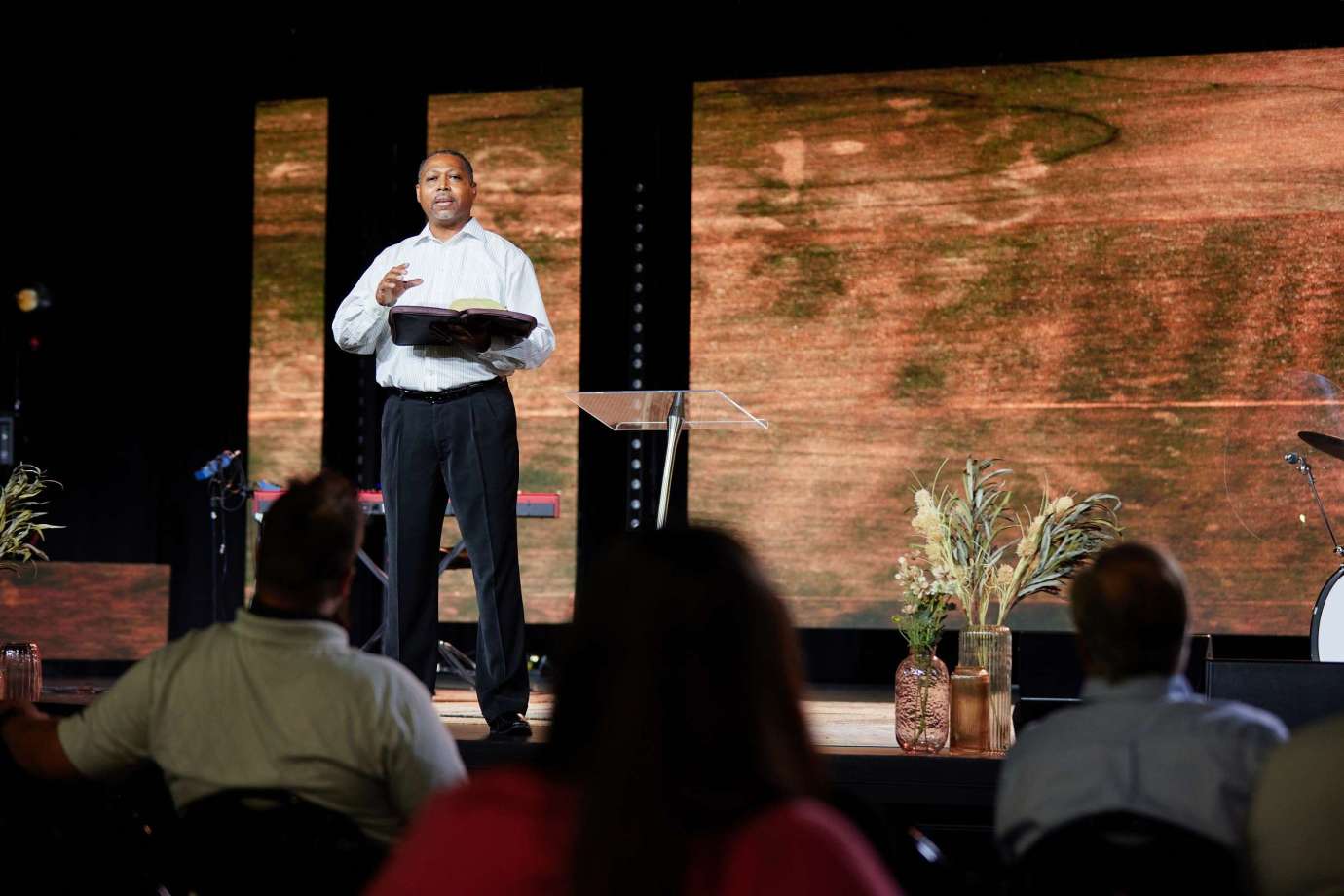HIST 501 Historical Methods
Course Description
For information regarding prerequisites for this course, please refer to the Academic Course Catalog.
Course Guide
View this course’s outcomes, policies, schedule, and more.*
*The information contained in our Course Guides is provided as a sample. Specific course curriculum and requirements for each course are provided by individual instructors each semester. Students should not use Course Guides to find and complete assignments, class prerequisites, or order books.
Rationale
This course introduces the student to the mechanics of studying history. The course will give ample consideration to methodology, starting with simple, basic skills like writing proper footnotes and graduating to more refined interpretive skills like conducting an oral history interview. The student of history should also understand how historians have understood and constructed the past, based upon their own cultural assumptions, epistemic presuppositions, and methodological limitations. This course emphasizes historiography and interpretations of history from the ancient world to the present. The student will also explore Christian perspectives on history and will be challenged to develop a consistently Christian and biblical approach to researching, writing, and teaching history.
Course Assignment
Textbook readings and lecture presentations
No details available.
Course Requirements Checklist
After reading the Course Syllabus and Student Expectations, the student will complete the related checklist found in the Course Overview.
Discussion
Discussion threads are collaborative learning experiences. Therefore, the student is required to provide a thread in response to the provided prompt for each discussion. Each thread must be at least 400 words and demonstrate course-related knowledge. In addition to the thread, the student is required to reply to 1 other classmate’s thread. Each reply must be at least 200 words.
Research Topic Selection Assignment
The student will devise a research topic suitable for a graduate-level history course. The topic must relate to American history, modern European history, or the modern world prior to 1950. The research topic must answer a specific question of historical interest. The student will write a 1-paragraph statement of the research topic and explain the key historical questions to be answered or resolved.
Research Design and Bibliography Assignment
The research proposal is a detailed explanation of the topic to be studied, the process by which the student answers a question of historical significance, and the principal sources for research. It must include a: 1) thesis statement 2) explanation of historical significance 3) annotated bibliography and 4) a research plan that explains the location of the major primary sources needed to complete the project (archives, digital libraries, museums, etc.) The student will write a 1-page Research Design in current Turabian format.
For the annotated bibliography portion of the assignment, the student will compose a basic list of the key documents, historical objects, works of art, books, and articles related to the research topic. The sources will be divided into primary and secondary sources. At least 20 entries, divided between primary and secondary sources, must be annotated. The student must use current Turabian formatting for the bibliography. Of the 20 entries: (a) 3 must be primary sources, (b) 3 must be books, (c) 3 must be articles, and (d) 1 must be an archived, primary source.
The bibliography must be organized into the following sections: 1) Primary 2) Secondary Books, and 3) Secondary Articles.
Historiographical Essay Assignment
The student will locate and summarize a historiographical essay pertaining to his/her chosen research topic. The submitted assignment must be 500–750 words, use current Turabian citations, and focus on why and how historians changed their interpretations about the specific topic over time. Historiographical essays are available in scholarly journals and even on scholarly websites and discussion boards. In some instances, there may not be an essay directly applicable to the chosen research topic. In this case, the student should consult with the instructor for further guidance.
Book Review Assignment
The student must choose a leading book related to his or her research topic, review the book in 500–600 words, and consult no fewer than 3 other scholarly reviews of the same book. In addition to current Turabian citation of the book reviewed, the student will attach a bibliography of the 3 or more additional scholarly reviews consulted.
The student will provide notes and analysis on two primary sources and two secondary sources. The analysis will be connected to the main idea or argument provided in the associated outline for the portion of the paper two which the sources apply. The student will choose 2 primary sources and provide the subject, location, summary, and analysis. The student will choose 2 secondary sources and provide the subject, location, summary, and analysis. Also explain how it supports the main thesis or argument of the paper and why the scholar producing the source is a credible authority on this subject. Also provide an outline for the section of the final research paper where these sources best apply.
Searching for Historical Sources and Scholarship Assignment
Your historical research will always be measured by the quality of your historical evidence. In short, sources are everything. Consequently, locating sources can make the difference between success and failure for your project, whether it be a historical documentary, a scholarly article, a public history exhibit, or a dissertation. The following assignment guides you through locating both primary (evidentiary) and secondary (scholarly) sources. You will locate both forms of sources, use digital search engines, properly cite sources, and mine scholarly sources to find additional forms of evidence. For this assignment, you are also practicing the difference between a Turabian footnote and bibliographic citation form.
Final Research Paper Assignment
The student will compile information from the historiographical essay, primary source, and secondary source assignments into an 8–12-page final research essay related to the scholarship of his/her chosen research topic.

Have questions about this course or a program?
Speak to one of our admissions specialists.
Inner Navigation
Have questions?
